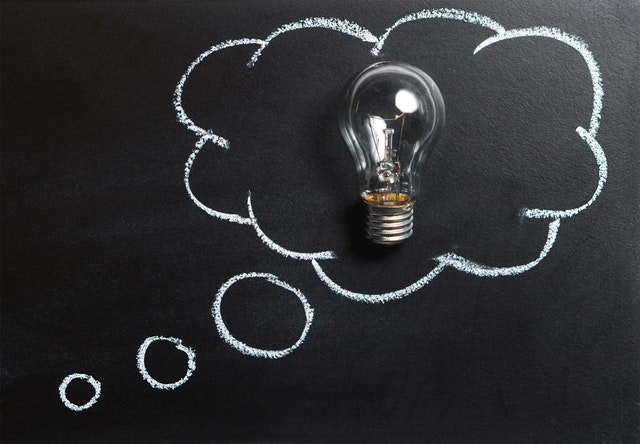The mind follows 3 basic processes to filter the information it receives:
1. Deletes: A big chunk of information is deleted before we have a chance to gain awareness. We all have the experience of someone we know insisting that they have told us something, but we do not remember. Even now, if I mention the feeling of your right shoe on your right foot, you will get it, whilst a second ago you were not aware of it. What we perceive is what is interesting, or has a meaning for us, where we focused on at any given time. The mine retains that information for which we have showed some interest in the past, or are focused at the present moment, the rest are all deleted.
2. Distorts: the brain gets the information but it processes it in a way that changes the meaning of the original stimuli. For example, somebody pays a compliment to someone else and that person receives it with upset. Or you hear a noise in the house whilst you are sleeping, wake up sweating in fear, with the notion that a thief has trespassed your house, just to discover in few moments that it was the noise of the central heating that was cooling down.
3. Generalization: This is yet another extremely useful process of the mind. We get information and we connect it with other similar events or information. With this process we can learn things relatively quickly, we do not need to start every time the learning process from the beginning, we just apply automatically the knowledge we have retain in our brain from our last experience. And that is how we remember every time how to open a door, or drive a car or a bike.
The filters that our brain uses refer to, among others, our memories, decisions of the past, experiences, values and beliefs. These shape our stand against life. These determine how we interpret all that we get as stimuli. It is very important to understand that no two people can have the exact same perception for the same information, as at some point their filters will differ, either at the level of values, or beliefs or decisions or memories. Being aware that we cannot see the world in the same way that the person standing next to us, supports us to realize that no behavior derives necessarily from bad intention, it just reflects the system of filters of that person. Thus, it is pointless to get angry or upset if the reactions of others or the behaviors of the people surrounding us are not the expected or the perfect match with ours. Understanding, acceptance and respect are more useful behavioral strategies than anger, frustration or disappointment would ever be.
When all information has been filter in the subconscious, it is passed to the conscious mind through the form of an internal representation and we obtain consciousness of the external events. This internal representation is created by one or more of our 5 senses, so what we get is a picture, a sound, a smell, a taste or a thought, in the form of a dialogue we sustain with ourselves.
One of the most important things that you must learn about the human mind is that it cannot process the negative messages. For instance, I ask you now NOT to think of a pink elephant. What did you do? Of course you created an internal representation of the pink elephant first! Probably this happened because, to be able to process the command “not to” think of it, you have to first create it, “see it” possibly as a picture, so as to be able to dismiss it immediately after.Why is this information useful? Because it helps us realize that in our communication with someone we must always express what we want, and not what we do not want. So it is more effective to create the internal representations that reflect the result you want to achieve, not what you want to avoid.
How you can influence your internal representations will be the subject of a follow up article.
Thus, to conclude, two are the basic points which I would like you to keep in your mind from this reading:
1. Each of us has his/her unique model of the world, that is shaped based on the Values, Beliefs, Decisions, Experiences etc, that he/she has. Respect and acceptance of the model of the world of other people is a very useful strategy of behavior.
2. The brain does not grasp the negative messages. Thus, it is more productive to express what you want from others, rather than communicating what you do not want.



